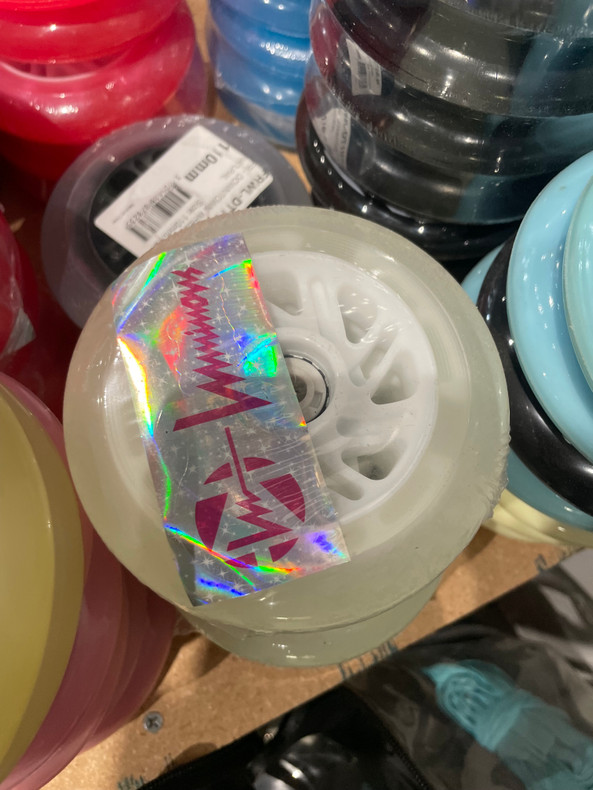The Impact of Wheel Hardness, Diameter, and Construction on Inline Skating Performance
Inline skating is a dynamic and exhilarating activity that requires careful consideration of equipment for optimal performance. One crucial element that significantly influences the overall experience is the inline skate wheel. The wheel's hardness, diameter, and construction play pivotal roles in determining how well a skater can maneuver, control speed, and handle various surfaces. In this article, we will delve into the intricate relationship between these three factors and their collective impact on inline skating performance.
Wheel Hardness
Wheel hardness is measured on the durometer scale, with higher numbers indicating harder wheels. Common durometer ratings for inline skate wheels range from 78A (soft) to 100A (hard). The hardness of the wheel affects its grip on surfaces and its ability to absorb vibrations. Softer wheels (lower durometer) provide better grip and shock absorption, making them ideal for outdoor skating where the surface may be uneven. They also offer a smoother ride and are generally more forgiving, making them suitable for beginners. Conversely, harder wheels (higher durometer) are preferred for indoor surfaces and competitive speed skating. The increased hardness reduces rolling resistance, allowing skaters to attain higher speeds with less effort. However, harder wheels may compromise grip on rough or slippery surfaces.
Wheel Diameter
The diameter of inline skate wheels varies widely, ranging from 55mm to over 110mm. Wheel diameter affects both speed and maneuverability. Smaller wheels accelerate faster and are more responsive to quick movements, making them suitable for freestyle and aggressive skating. On the other hand, larger wheels provide greater top-end speed and better stability, making them ideal for long-distance skating, Wizard skating, and speed racing. Skaters often choose a wheel diameter based on their specific skating style and preferences. Beginners may find it more comfortable to start with mid-sized wheels that strike a balance between stability and maneuverability.
Wheel Construction
The construction of inline skate wheels involves various factors such as the core design, materials used, and overall build quality. These factors contribute to the wheel's strength, weight, and energy transfer. Wheel cores can be categorized as hubbed or poured. Hubbed cores feature a plastic or metal hub at the center, providing stability and strength. Poured cores are made entirely of the wheel material, offering a softer and more responsive ride. Materials like polyurethane are commonly used for wheel exteriors due to their durability and grip. High-quality bearings within the wheel contribute to smoother rotation and overall performance.
Wheel hardness, diameter, and construction are critical factors that collectively influence inline skating performance. Skaters must consider their preferred skating style, skill level, and the surfaces they plan to skate on when selecting the appropriate wheel specifications. A well-informed choice will not only enhance the skating experience but also contribute to improved control, speed, and overall enjoyment on the pavement or rink. Whether you're a casual skater or a competitive athlete, understanding the nuances of inline skate wheels will undoubtedly contribute to a more satisfying and exhilarating ride.

